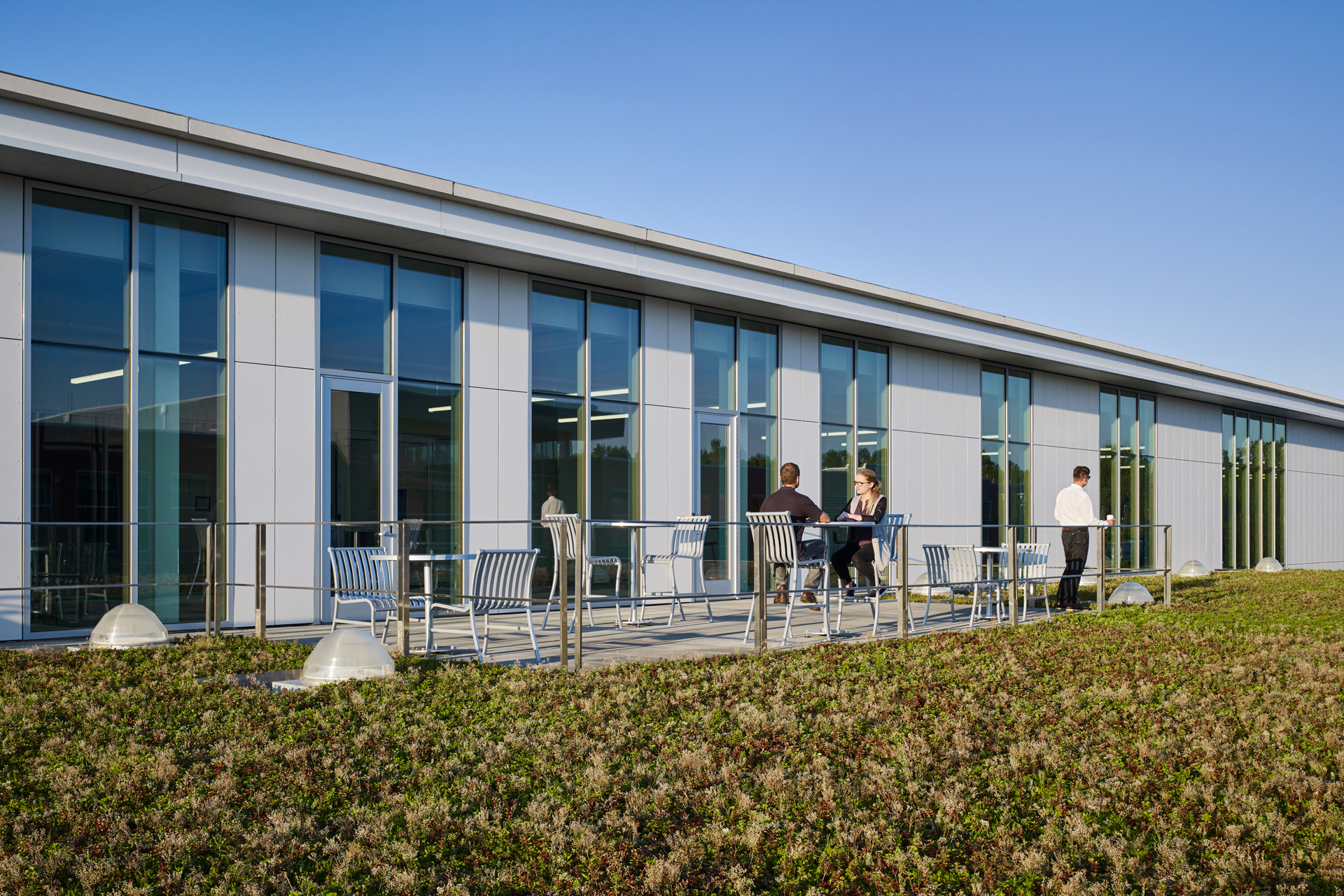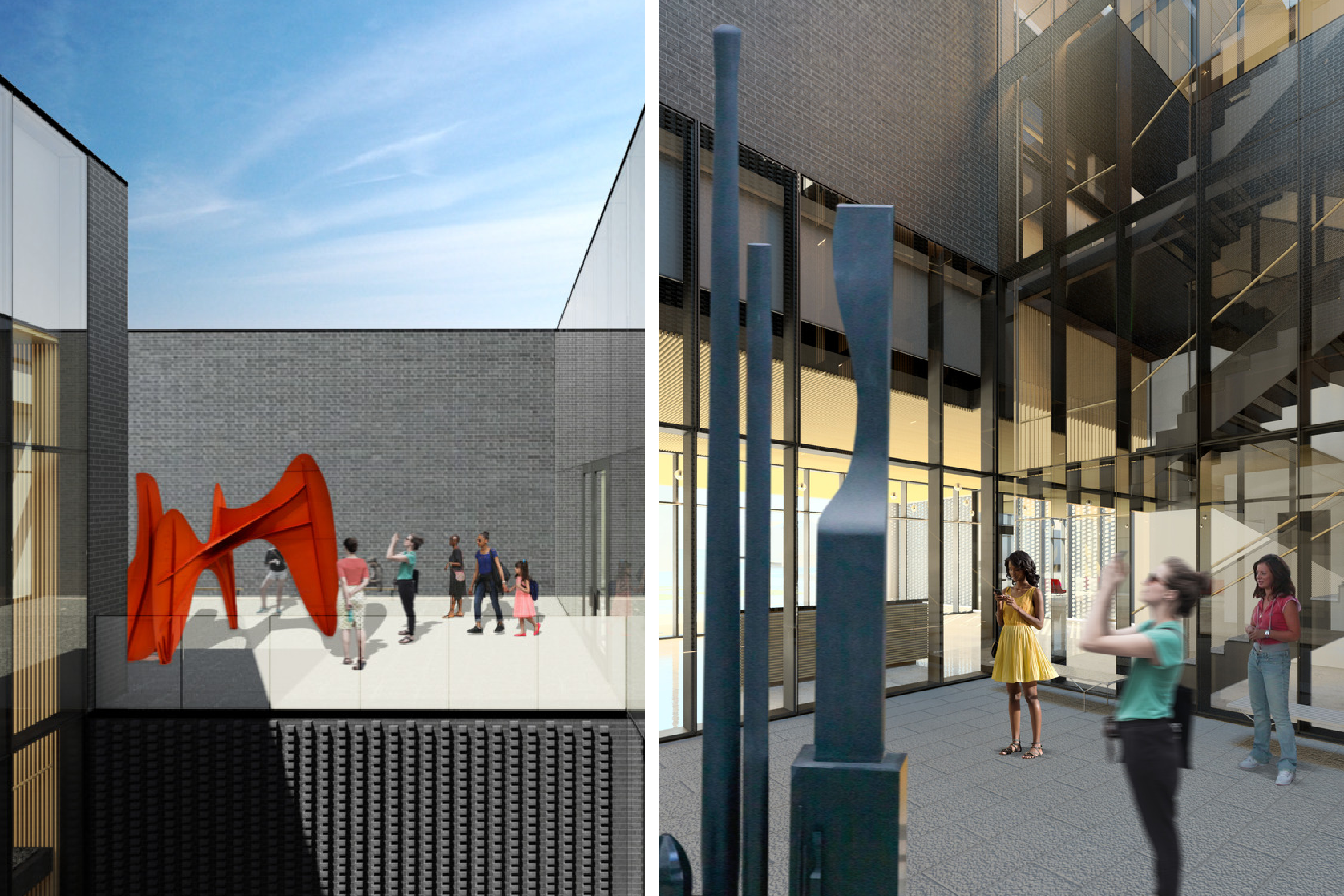The Arts Enrich Human Vitality
Arts education and engagement are key to the development of a culturally rich and diverse society. Many have explored and proven the significant role that the arts play in human development.
Arts education and engagement are key to the development of a culturally rich and diverse society. Many have explored and proven the significant role that the arts play in human development.
Student loan debt continues to explode. The technological advances now available have rapidly changed the manner in which education is delivered, and many of our nation’s universities simply can’t keep up. As Quartz recently pointed out, “the sluggishness owes to the fact that a university is made up of hundreds of stubborn, rooted parts. It is beholden to countless traditions and generations of students served in the past. And so disruption comes slowly…”
Two seemingly opposing trends about the use of college libraries have recently emerged. First, gate counts have never been higher; more students are using the library than ever before. Second, the use of books and printed material — what many have assumed is the original purpose of the library — has never been lower.
These ideas are further elaborated and supported by additional trends identified in the evolution of libraries, the people they employ, and their role on campuses:
The emergence of precision medicine is dramatically changing the way healthcare professionals approach patient care. The concept of individual healthcare, customized to the unique needs of each patient, has garnered support and momentum from notable physicians and public figures, as well as the National Institute of Health.¹
The Center for Advanced and Emerging Technology (CAET) at Metropolitan Community College (MCC) encourages the making of things, where prototyping, design, and production spur innovation and entrepreneurship — filling a niche for makerspace that did not exist in Omaha.

We honor the spirit of giving this season, enhancing the present and providing hope for the future. Design is process and creation. It is empathy, flexibility, and growth. At its essence, it is caring — in the possibility of our daily lives, the potential of our communities, and the health of our planet. We must use our passions, skills, and time to improve lives through our work.
The University of Iowa Museum of Art (UIMA) is conceived as a rectilinear solid interrupted by interconnected voids that form the protective and respectful home for the display, conservation, and storage of the collection while providing light-filled, interconnected volumes that emotionally, visually, and physically guide patrons as they experience the Museum.

BNIM’s work to design the U.S. Embassy expansion in Kampala, the capital of Uganda, was an opportunity to showcase the tenets of eco-diplomacy in an ever-changing built environment with a design that represents the United States while honoring local culture. Within the bustling, vibrant city, the team drew inspiration from four dominant characteristics capturing the spirit of the place: the hills, the people, the movement, and the textures.
In anticipation of this year’s AIA Kansas City 2017 Design Excellence Awards on November 10, we are featuring the
About
Copyright © 2023 BNIM
ENDURING Core Values
Places where people want to be.
We design spaces that create positive experiences for people to thrive and feel a sense of belonging.
No one knows as much as everyone.
We are designers who value creative collaboration and surround ourselves with people who inspire and challenge us.
Diverse by nature, inclusive by intention.
Nature is diverse, and diversity is resiliency. We each experience the world differently and embrace our unique backgrounds by cultivating an inclusive design community.
Intuitive to scientific to experiential.
We design solutions for our clients’ unique needs using intuitive ideas combined with tested metrics and data. Our transparent process leads to beautiful, immersive, transformative experiences.
Change-makers who empower others.
We strive to grow and develop future leaders who will continue to create positive change.
Interconnected with everything.
We recognize humans need nature to thrive. We devote our work and advocacy to restore and improve our planet.
Expertise
Architecture
Existing Buildings
Interiors
Sustainable Consulting
Landscape Architecture
Workplace Planning
Planning
Graphics
Research

